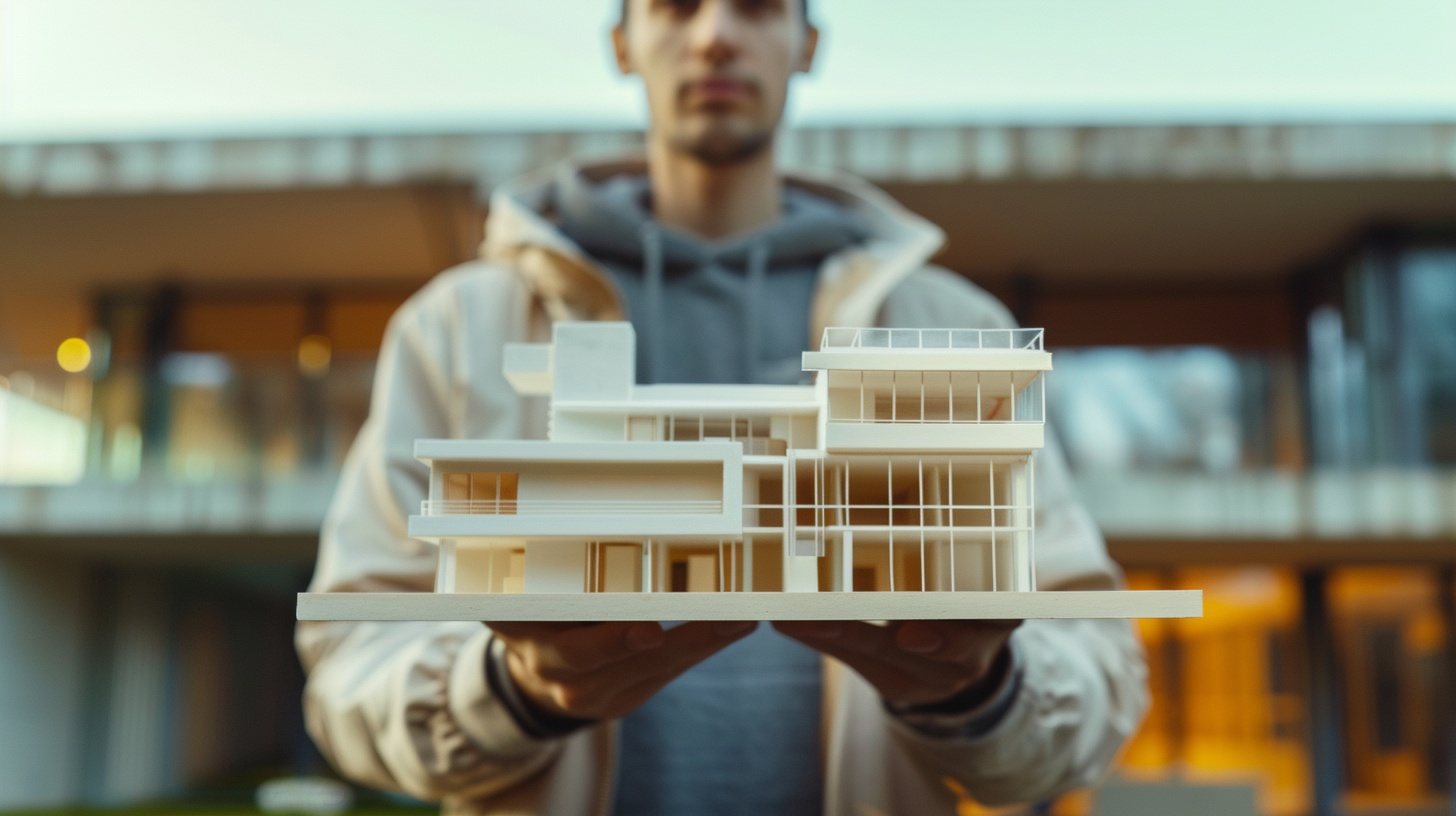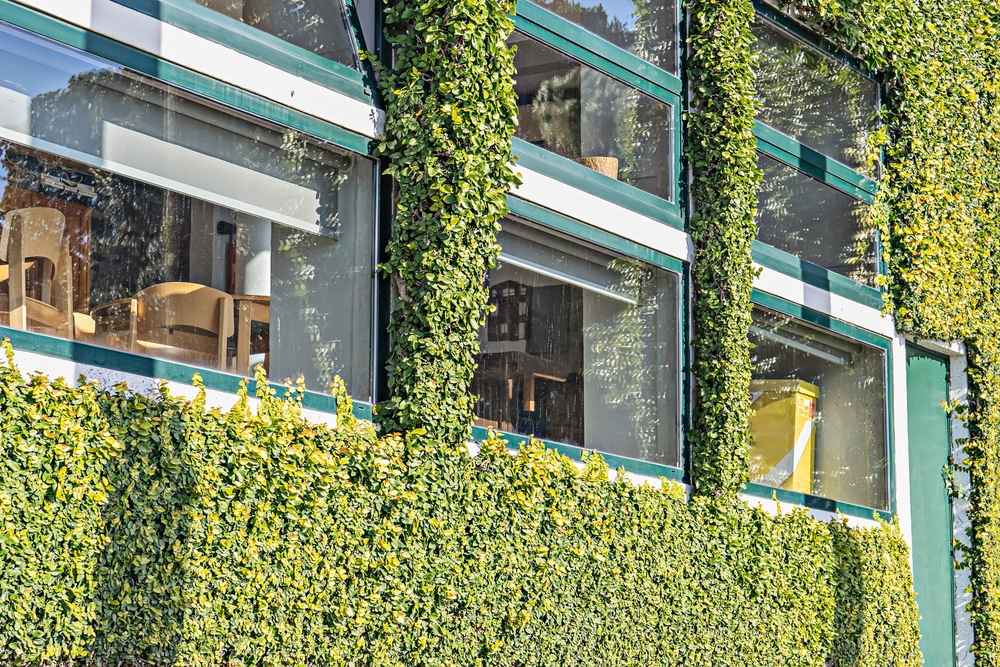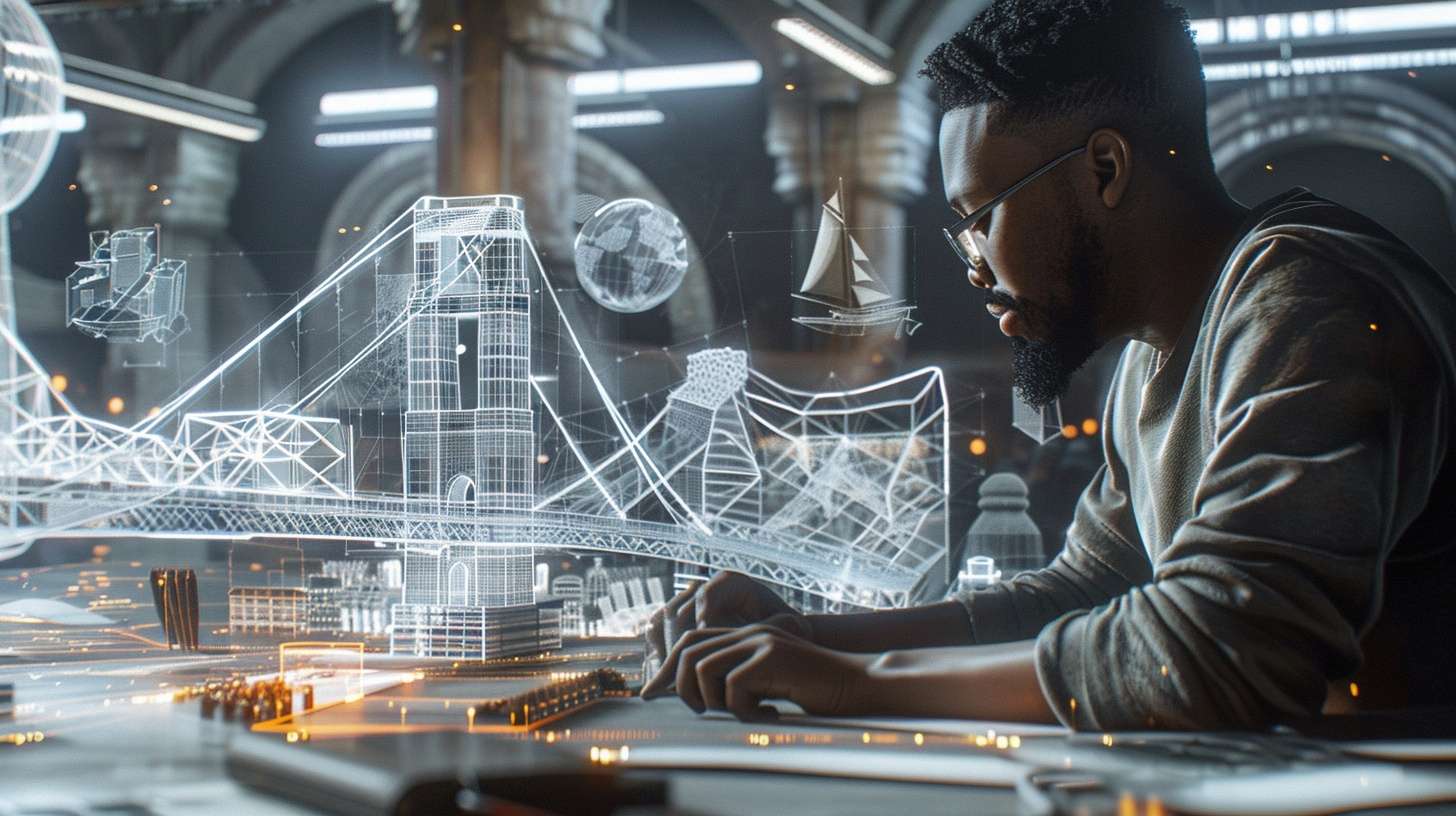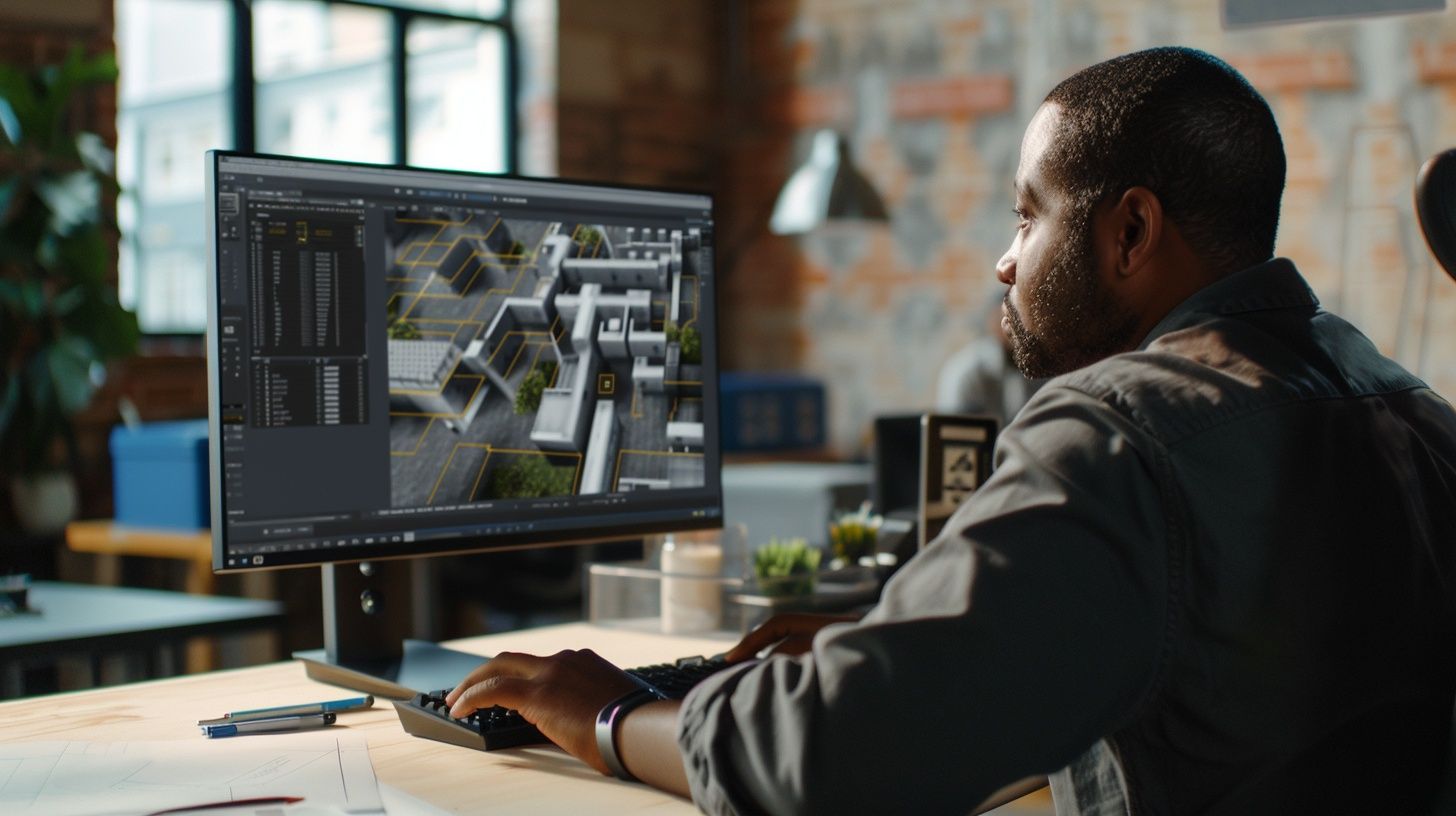
Embracing Sustainability in Modern Architectural Design

So, you’re curious about sustainability in architectural design—great choice! Let’s dive into this fascinating world where creativity meets responsibility. Imagine a building not just as a structure but as a living, breathing entity intertwined with its environment, thriving sustainably for generations to come. That’s the essence of sustainable architectural design.
When we talk about sustainability in architectural design, we’re talking about more than just slapping some solar panels on the roof (although solar panels are pretty cool). It’s about a holistic approach that considers the entire lifecycle of a building, from conception to demolition. Think of it as a dance between nature and technology, where every step is carefully choreographed to minimize environmental impact while maximizing efficiency and comfort.
Strategies and Best Practices
Now, let’s get into the nitty-gritty. Sustainable architectural design is all about implementing strategies and best practices that reduce energy consumption, conserve resources, and create healthier spaces for people to live and work in. Here are some key strategies:
- Passive Design: This involves harnessing natural elements like sunlight and wind to heat, cool, and light a building, reducing the need for mechanical systems.
- Energy-Efficient Systems: Think high-performance insulation, efficient HVAC systems, and smart lighting controls that minimize energy waste.
- Resource Conservation: From water-saving fixtures to recycled building materials, every choice counts when it comes to conserving resources.
- Green Building Materials: Opting for eco-friendly materials with low embodied energy and minimal environmental impact is a cornerstone of sustainable design.
- Site Optimization: Maximizing a building’s potential by carefully considering factors like orientation, landscaping, and site context.
Why It Matters
But why does sustainability in architectural design matter? Well, for starters, it’s about future-proofing our planet. By designing buildings that consume less energy, produce fewer emissions, and minimize waste, we’re doing our part to combat climate change and create a more resilient future. Plus, sustainable buildings aren’t just good for the environment—they’re healthier and more comfortable for the people who inhabit them.
According to renowned architect and sustainability advocate, William McDonough, “Sustainability takes the view that humans are not just users of nature, but participants in it.” This perspective highlights the interconnectedness of all living things and underscores the importance of designing with nature, rather than against it.
Implementing Sustainability in Architectural Design
Now that we’ve laid the groundwork, let’s talk about how sustainability is actually achieved in architectural design. It’s one thing to talk about lofty ideals, but how do we turn those ideals into concrete (pun intended) realities? Here’s where the rubber meets the road.
Material Matters
One of the first steps in achieving sustainability in architectural design is selecting the right materials. We’re talking about everything from the foundation to the finishing touches. Opting for recycled materials, low-VOC paints, and sustainably sourced wood not only reduces environmental impact but also creates healthier indoor environments for occupants.
Passive vs. Active Design
Remember those passive design strategies we mentioned earlier? Well, they’re worth their weight in gold (or maybe carbon credits). Passive design focuses on using natural elements like sunlight, wind, and thermal mass to regulate temperature and lighting, reducing reliance on mechanical systems. Active design, on the other hand, involves technologies like solar panels, green roofs, and rainwater harvesting systems to further enhance a building’s sustainability.
The Power of Collaboration
Sustainability in architectural design is a team sport. Architects, engineers, builders, and clients all need to be on the same page from day one. By fostering open communication and collaboration, we can ensure that sustainability goals are integrated seamlessly into every aspect of the project. It’s not just about ticking boxes—it’s about fostering a culture of sustainability that permeates every decision.
The Role of Innovation
Innovation is the lifeblood of sustainability. Whether it’s experimenting with new materials, pushing the boundaries of passive design, or harnessing emerging technologies like 3D printing, innovation drives progress in sustainable architectural design. By staying curious and embracing change, we can continue to push the envelope and create buildings that are truly sustainable, inside and out.
Renowned architect and sustainability pioneer, Renzo Piano, once said, “Architecture is about trying to make the world a little bit more like our dreams.” When it comes to sustainability, those dreams are filled with green roofs, energy-efficient windows, and thriving ecosystems. It’s up to us to turn those dreams into reality.
Future of Sustainability in Architectural Design
The world of architecture is evolving at breakneck speed, driven by advances in technology, shifting societal norms, and, of course, the ever-looming specter of climate change. In this brave new world, sustainability isn’t just a buzzword—it’s a non-negotiable. Architects are increasingly embracing green building principles not as a luxury, but as a fundamental responsibility.
From Niche to Norm
What was once considered avant-garde is quickly becoming the new normal. Green roofs, passive design, and net-zero energy buildings are no longer outliers—they’re mainstream. As sustainability continues to gain traction, we can expect to see even more ambitious projects pushing the boundaries of what’s possible.
Beyond Buildings
But sustainability in architectural design isn’t just about individual buildings—it’s about entire communities. Urban planners, landscape architects, and policymakers are joining forces to create sustainable cities that prioritize walkability, green space, and equitable access to resources. It’s a holistic approach that recognizes the interconnectedness of our built environment and the natural world.
The Power of Choice
At the end of the day, sustainability in architectural design boils down to one simple truth: we have the power to shape the world around us. Every decision we make, from the materials we choose to the technologies we embrace, has a ripple effect that extends far beyond the confines of any one building. By choosing sustainability, we’re not just building for today—we’re building for tomorrow.
Conclusion
Architect and visionary thinker, Bjarke Ingels, sums it up nicely: “The future is already here—it’s just not evenly distributed.” When it comes to sustainability in architectural design, the future is bright indeed. It’s up to us to seize the moment and build a world that’s not just sustainable, but thriving.
Ready to embark on your own sustainability journey? Reach out to us at Designs Boss to get started. Whether you’re dreaming of a net-zero energy home, a LEED-certified office building, or a sustainable urban development, we’re here to turn your vision into reality.
Latest

What Makes a Good Architectural University

What Are The Most Beautiful Bridges Ever Designed

